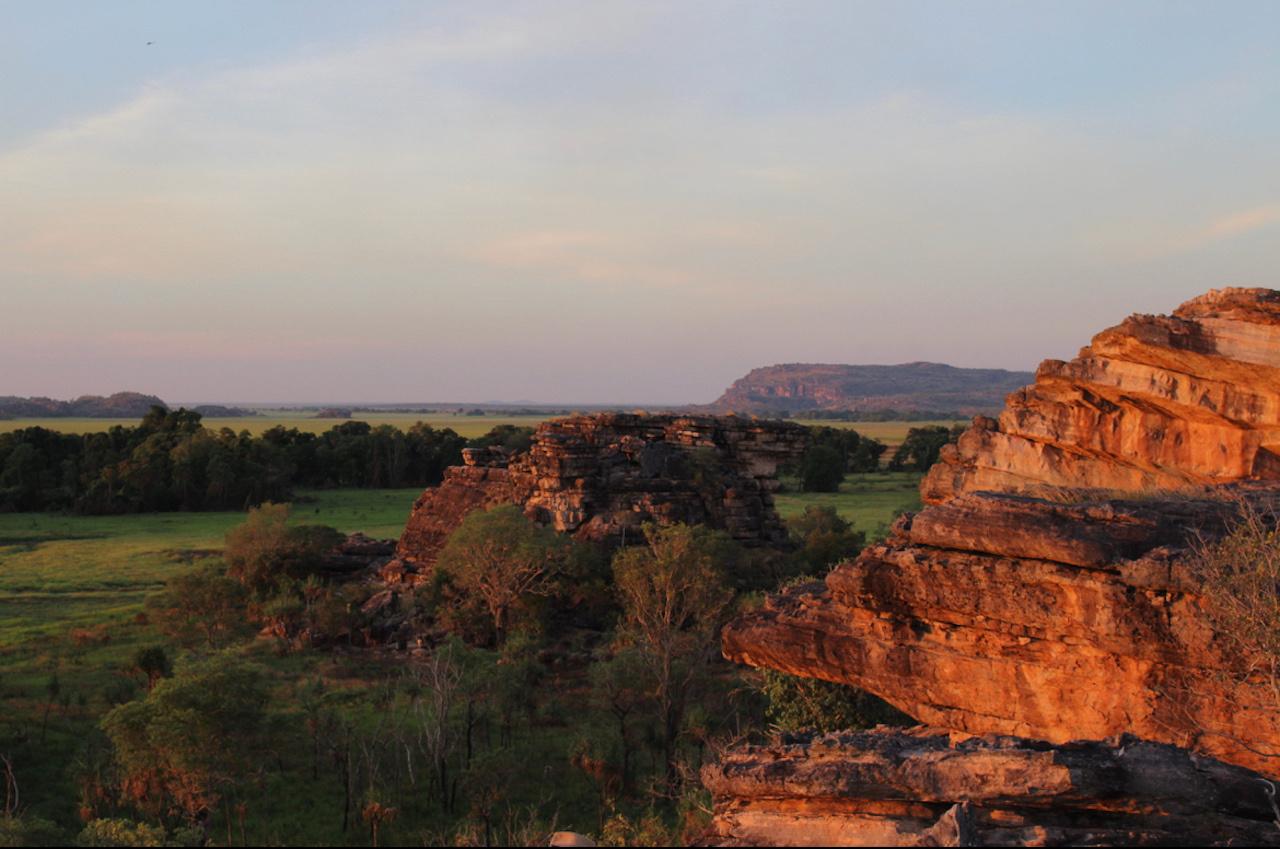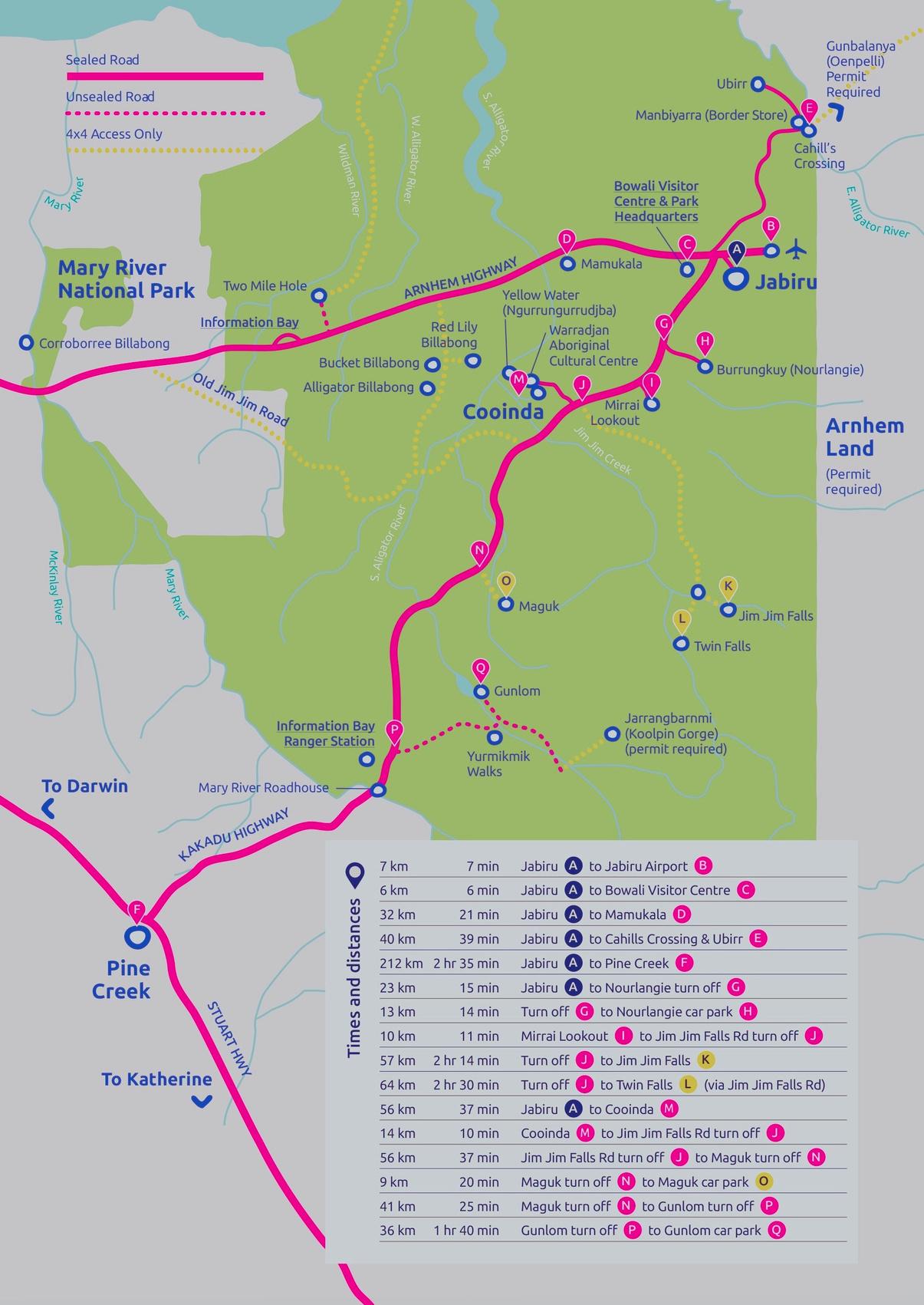
1 minute read
Kakadu National park
World Heritage-listed Kakadu National Park, covering more than 19,000 square kilometres, is a landscape of contrasts Beneath waters dotted with lotus flowers, saltwater crocodiles lurk. Parts of the monsoon rainforest are hidden behind the jagged peaks of towering escarpments pools are bordered by paperbarks, pandanus and cycads. A visit to the awe-inspiring Waterfalls; Maguk (Barramundi Gorge)and Motor Car Falls, browsing through a gallery of ancient Aboriginal rock art at Ubirr or Burrungkuy Rock, or exploring the scenic Yellow Water, a billabong teeming with wildlife is a must when at Kakadu National Park. More than a third of Australian bird species, around 1000 plant species and 25% of freshwater fish species in Australia are found in Kakadu National Park.
Kakadu is shaped by water, being the catchment area for the South Alligator, East Alligator, Katherine, Roper and Daly Rivers. From November to May, waterfalls are at their most spectacular and the lowlands are flooded, attracting millions of migratory birds The unique and diverse avian life in Kakadu includes jacanas, azure kingfishers, cuckoos, rufous owls, magpie geese, jabiru and more.
Advertisement
At the centre of the Park, the small mining township of Jabiru offers a range of services and accommodation.










